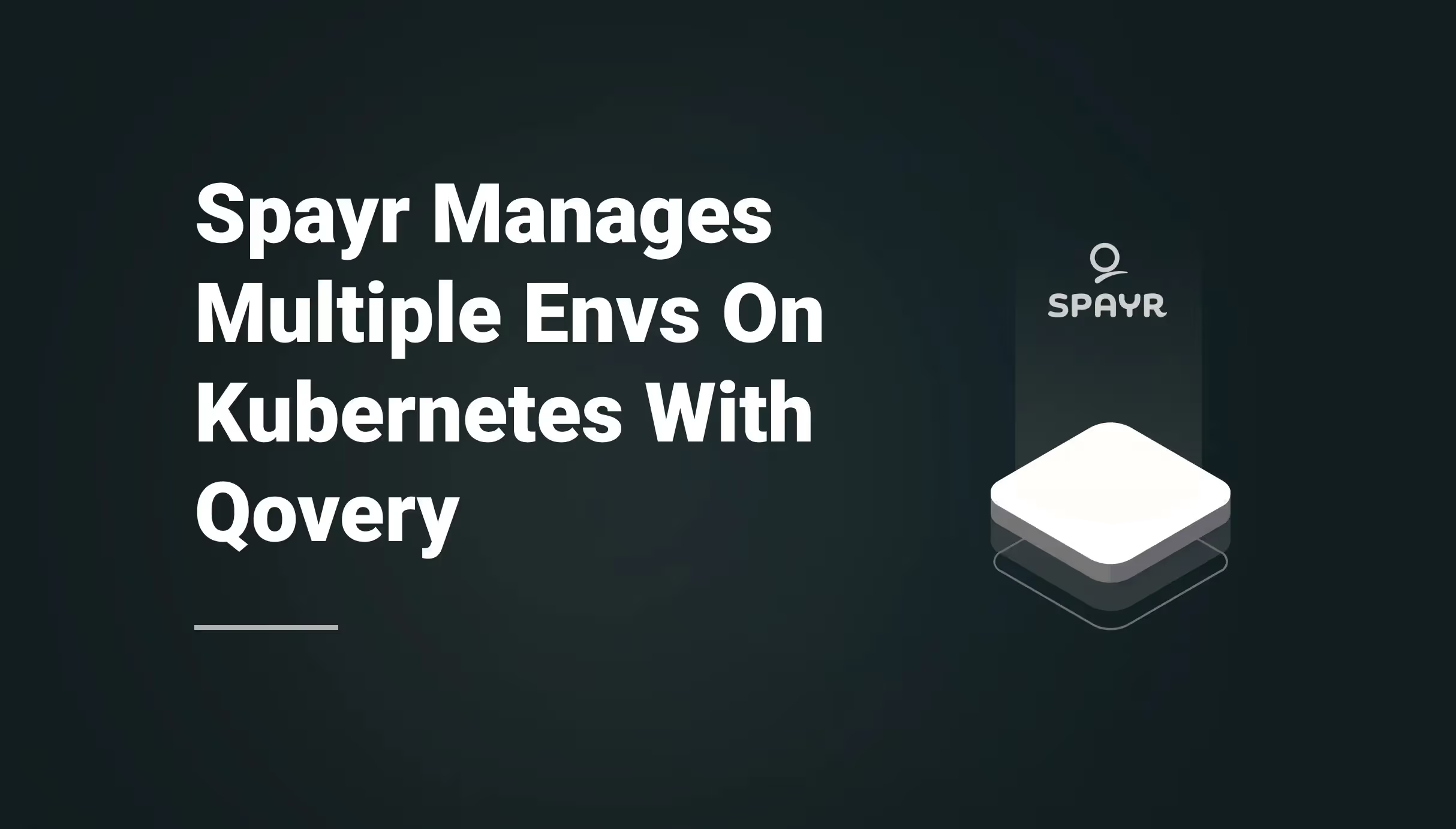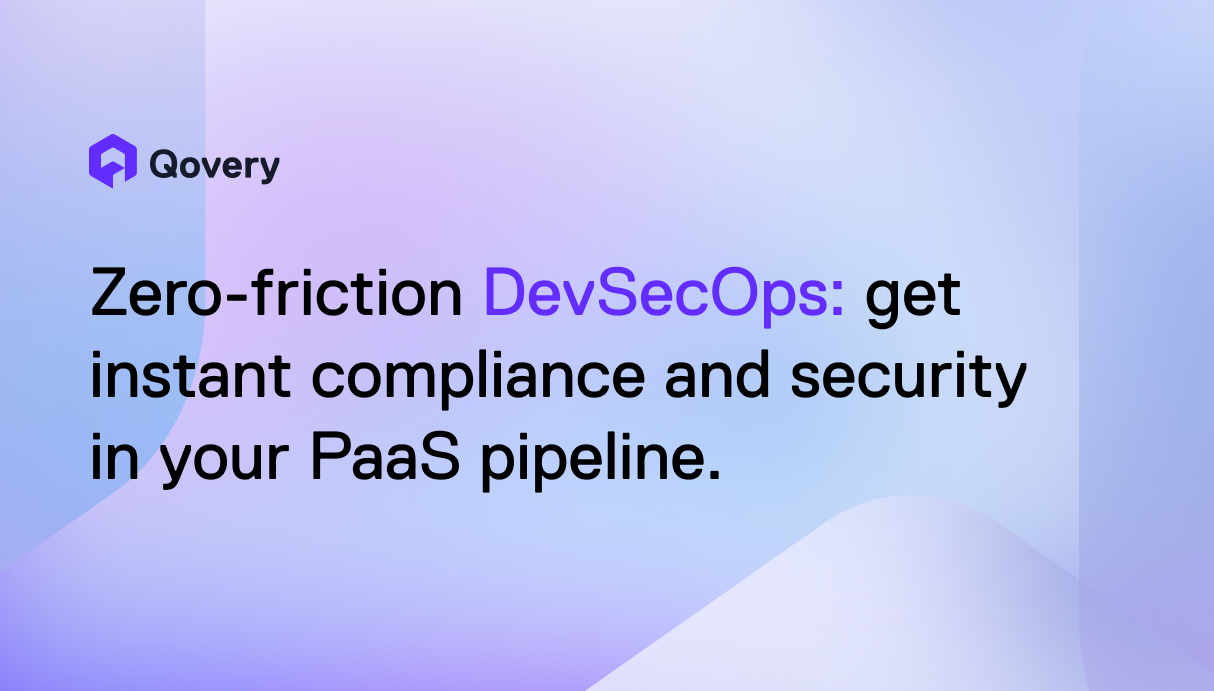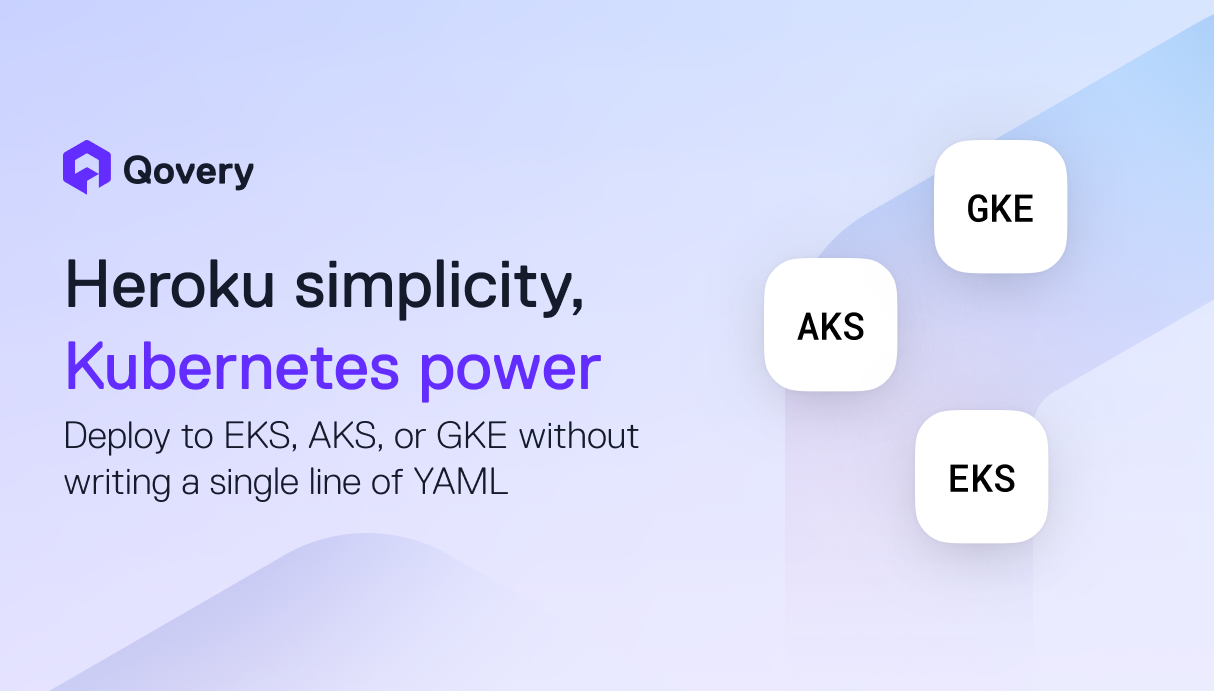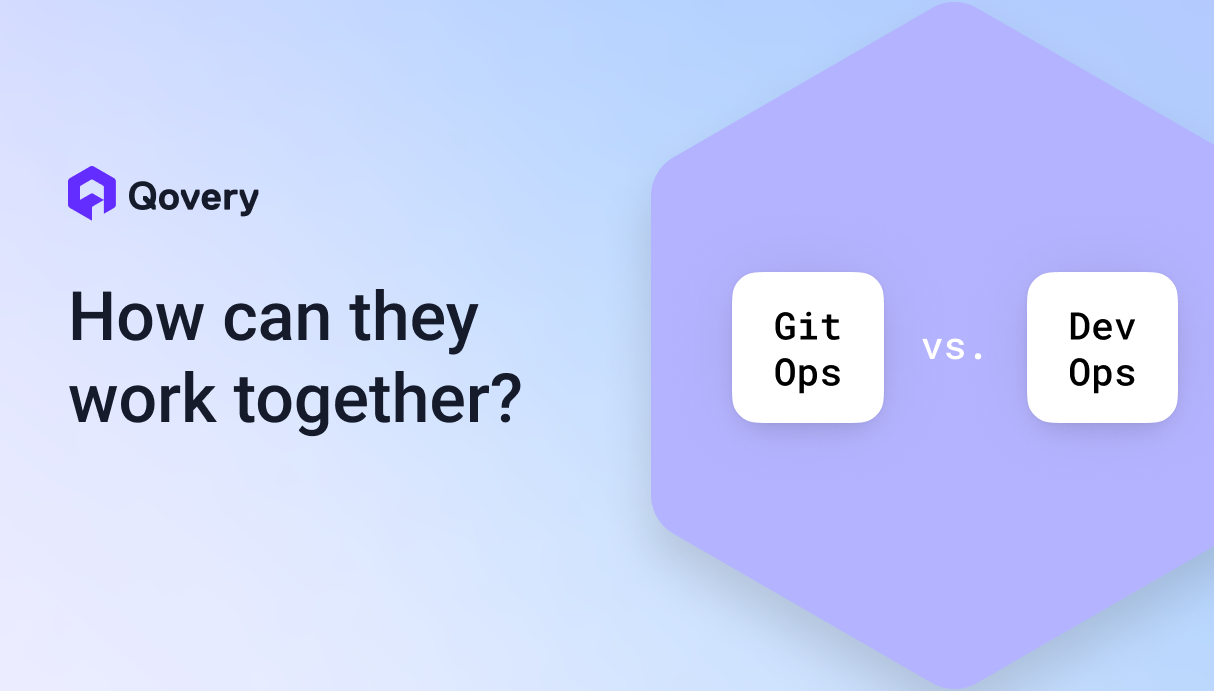


Spayr Manages Multiple Environments On Kubernetes With Qovery



Spayr’s introduction
Pierre is the CTO of Spayr, a growing Fintech start-up founded along with Louis and Paul a year and a half ago.
Spayr is an on-demand salary solution that allows workers to request a part of their salary before the end of the month within two taps on our applications. The main advantages are:
• Your payroll teams spend less time on unnecessary tasks
• Your employees get a new social advantage that helps them make ends meet
• It stimulates your company’s activity Spayr is a payroll-related HR innovation that allows employees to be paid on demand via a mobile app.
Spayr allows companies to move towards a flexible payment system, giving employees flexibility and avoiding bank overdrafts and punitive fees. They also provide financial care to their users with access to financial advisors to help them learn how to manage their finances better!
Amazing, isn’t it? If you feel like it’s the solution, you need to head to their website and don’t hesitate to request a demo.

Managing multiple environments on Kubernetes
Working as the lead machine learning engineer in his Agency before switching to the web, Pierre was no newbie to AWS, having used services such as Lambda and S3. While the first version of Spayr’s API and DB were released on Heroku, he quickly became frustrated with the fact that he did not have full control over what resources he was using, where the data was hosted, and fine-tuning his CI/CD pipeline. He wasted time building an efficient pipeline that easily integrates with their workflow.
With Heroku, they experienced a kind of a "black box" problem where they couldn’t access the pieces of information needed, such as knowing exactly what they were using and also monitoring it so that they could be able to figure out which part should be more efficient on their side.
To reach their objectives of lower the time from the feature need to its release in production, creating the best developer experience for the team, and using tools that will help them scale up easily (they have intense spikes in user count each time they onboard new customers), they knew that more would be needed.

The entire team can follow the quick pace they need to deliver new features, debugging and monitoring their infrastructure. Namely, they can bring value to their customers, which is the sole purpose of a company like Spayr.
How Spayr operated the migration with Qovery
According to Pierre, the migration went relatively smoothly after a first call with Romaric (our CEO), and then within a week, they were ready to switch to Qovery.
And to be super specific, here is precisely how the migration went:
- For the first two days, the goal was to migrate the API (simple Rails app in API mode). The only problem was that there was a Dockerfile to prepare for production on such type of application. That’s where the Qovery team helped by giving an example they used with their existing customers, so everything went smoothly, no problem there. The app was up and running in two days, and the team used this environment as a staging environment.
- Afterwards, it was time to migrate the demo app (rails PWA) and the dashboard (Vue.js app) in the same cluster, which was quickly done. They were glad they did not have to use Buildpacks anymore, gaining more flexibility and control over how they were deploying those apps.
- The entire application portfolio was deployed in four days using Qovery on AWS.
- Before using it for production, they wanted to properly connect the dev management tools (GitHub, Linear, etc...) to follow their workflow; since migrating to AWS x Qovery did not change the workflow, it was pretty easy.
- Then, the last steps were:
- Clone the staging environment to a 'production' environment
- Set the resources settings so that there are no unpleasant surprises once in production
- Migrate the production database (done in 5mn top)
- Update the DNS Settings
- A quick call with the Qovery team to see what was ok
- All setup and ready to go 🚀
Spayr's setup
Spayr has been using Qovery's DevOps automation tool for about six months, and they already have great use of it, making the most of preview environments and slack integration and all the other feature we have to offer, but while their setup on the console is a classic and efficient multi-cluster, thanks to our Preview Environments feature they also have a Kanban board that is a perfect integration with Github and Qovery, to see what it looks like, here is the video below 👇🏻
What's next for Spayr
Currently, they are onboarding customers from several types of businesses: restaurant chains and hospitality. Still, they want to iterate on their core feature (salary on demand) to prepare it for other companies: mainly healthcare and the service industry. But because they want to go even further, they are also working on other features with the help of their existing customers; these are just in the prototyping phase to provide a more gamified experience to their end-users. These additional features should be released at the beginning of next year, most likely deployed on Qovery 🤩
As you’ve just read before, there is a lot to do, and busy bees need some extra pair of hands. That’s why to improve their workflow; they are looking for mainly two new profiles to join the team, an engineering manager and a Frontend Engineer to be exact so if you feel like this is for you, don’t hesitate to contact Pierre .
If this article made you want to learn more about How Spayr manages multiple environments on Kubernetes, watch the full video of our recent live event👇🏻

Suggested articles
.webp)



.svg)
.svg)
.svg)












